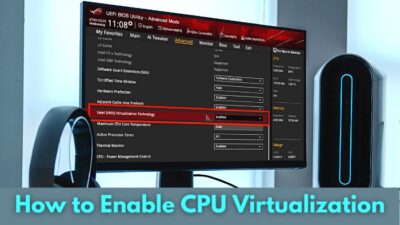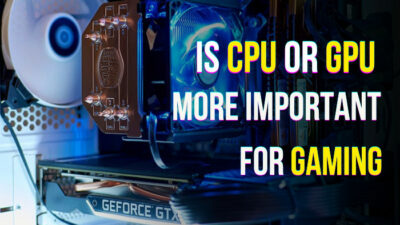When overclocking a CPU, the target is to go beyond the manufacturer’s guaranteed speed of the chip & squeeze the last bit of performance from it. But you need some specific criteria to access this free performance boost.
You need to detect which CPU you possess to get a juicy result from overclocking your chip. Whether it is Intel’s K-series or the AMD Ryzen series, your CPU will be overclockable.
In this article, I will show you how you can know if your processor is overclockable. Let’s dive into it.
How to Know if Your CPU is Overclockable
Everyone gets happy when they get something extra for what they paid. The same thing goes for a CPU too. If you can achieve a lift-up performance from your CPU by overclocking it, you will not only gain the extra performance for free but also without upgrading to a newer CPU.
As you will not get an extra item with every product you buy, similar to OC a CPU, you must meet some criteria to get the free boost performance.
Talking about the criteria, there are only two major manufacturers, Intel & AMD, who set the cap on whether a processor will be overclockable. A Question can arise, does your CPU get the cap & tie your hands from OC your chip? And even if your CPU is overclockable, can you OC it?
Here are the ways to ensure if your CPU is overclockable:
1. Check the CPU Model
Whether owning a microprocessor from Intel or AMD, it has a model name that indicates the capability of the chip’s overclocking.
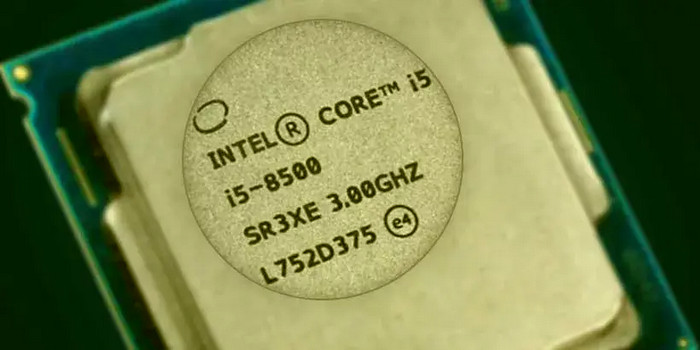
If you use an aged AMD FX series CPU, you will be glad to know that these series are overclockable. However, this series is at an extinct point & the Ryzen series is dominating the market. If you are one of the lucky owners of a Ryzen processor, then you can be sure that your processor can go beyond its base clock.
On the contrary, Intel implements some limits to OC their chips except the K-series. This K-series has an unlocked multiplier which is a requirement for an overclockable CPU. Besides the K-series, all of Intel’s X-series processor, which is intended for content creators, can also be overclockable.
Here is a table of the latest Intel CPUs that are overclockable with a compatible motherboard:
| CPU Codename | With iGPU | Without iGPU |
|---|---|---|
| Comet Lake | Core i5-10600K | Core i5-10600KF |
| Comet Lake | Core i7-10700K | Core i7-10700KF |
| Comet Lake | Core i9-10900K | Core i9-10900KF |
| Rocket Lake | Core i5-11600K | Core i5-11600KF |
| Rocket Lake | Core i7-11700K | Core i7-11700KF |
| Rocket Lake | Core i9-11900K | Core i9-11900KF |
| Alder Lake | Core i5-12600K | Core i5-12600KF |
| Alder Lake | Core i7-12700K | Core i7-12700KF |
| Alder Lake | Core i9-12900K | Core i9-12900KF |
| Alder Lake | Core i9-12900KS | - |
| Raptor Lake | Core i5-13600K | Core i5-13600KF |
| Raptor Lake | Core i7-13700K | Core i7-13700KF |
| Raptor Lake | Core i9-13900K | Core i9-13900KF |
And about AMD?
As mentioned before, all AMD Ryzen CPUs are overclock-ready. As long as you have a proper CPU cooling system and a compatible motherboard such as AMD’s B450, X470, B550, X570, B650, and X670 chipsets, you are good to go.
Whether it’s an Intel or AMD chip, this method is handy for buying a hand-picked CPU. One of my friends owns a pre-built PC. As a result, he did not know about the CPU’s model.
What if this is the case for you? Don’t worry. I already covered that.
Here are the ways to check your CPU model name:
Run Command Method
- Press Win+R key on keyboard to open up the run command.
- Type dxdiag in the box & click OK.

- Find Processor from the System Information list.
From there, you will get your processor’s model name.
Task Manager Method
- Press Control+Shift+ESC on your keyboard to open Task Manager.
- Go to the Performance tab.
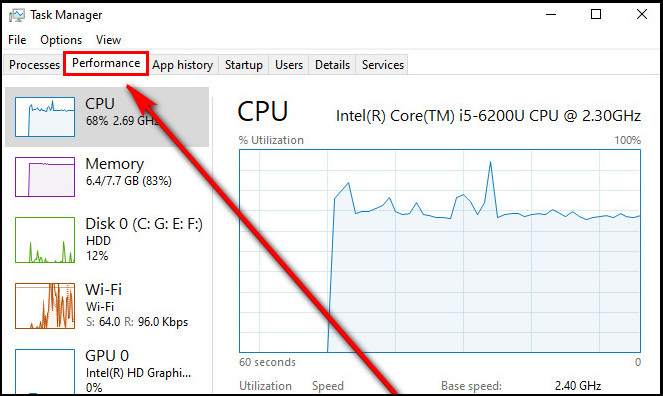
- Make sure it is on the CPU section.
On the top right side, you will find your CPU model name.
BIOS Method
- Enter the BIOS menu with the designated key provided by your motherboard manufacturer. For me, it is the DEL key.
- Go to System Info. Tab.
- Find Processor Type.
In the Processor Type line, you will find your processor model. I use the B560M Aorus Elite motherboard. These steps are for this motherboard. For your motherboard, steps & terms may vary.
2. Verify Motherboard Capability
Now you know whether you got an overclockable CPU or not. But your motherboard is another factor in whether it can let you increase the CPU frequency or not.
The AMD Ryzen series has A-series, B-series & X-Series motherboards. Though all Ryzen series CPUs are overclockable, it requires an X-series or B-series, such as X570 or B550 motherboard to accomplish the achievement.
Likewise, Ryzen series, Intel has H-series, B-series & Z-series motherboards. Among these motherboards, only Z-series motherboards such as Z790 or Z690 support an unlocked multiplier to OC the K-series CPU.
But there is a catch. For the first time, some mobo manufacturers let the user increase BCLK to OC a non-K series chip.
For example, Asus Strix B660-G is one of those motherboards where you can increase the base clock from 100.00mhz & increase the frequency of a non-K processor like i5-12400. But raising the BCLK also increases the frequency of other PC parts. So, this is discouraged to follow.
3. Mount a Decent CPU Cooler
Following the processes mentioned above, you find that you have an overclockable CPU with an OC-compatible MOBO. But to unlock the extra performance, you will have to pick one best CPU air coolers or AIOs to cool down your PC.
Most modern CPUs come with a decent bundled cooler. But those coolers only handle the rated frequency set by the manufacturer.
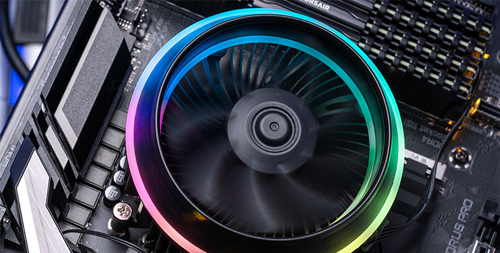
To get to the overclocking point, you need to go beyond the guaranteed clock cycles, which overrides the built-in safety measure. To halt the thermal throttle, you will need an adequate aftercooler to get a decent OC result.
4. Unlock Power Limit
TDP, which is Thermal Design Power, also becomes a factor during OC. The probable TDP for a CPU determines how much heat a CPU can dissipate. This comes in handy to choose a CPU cooler to properly cool down a CPU.
Power Limit also known as PL1 & PL2, affects TDP & can block the chip to gain overclocked frequency. If PL1 reaches the CPU’s consumed power, it will reduce the chip’s clock frequency.
To gain the OCed frequency, you have to unlock PL1.
How to Verify If Your CPU is Overclocked
Remember I told you about my friend who bought a pre-built PC & didn’t know his CPU’s model? The funniest thing is, his processor was overclocked & was unstable. As a result, he got BSOD sometimes & the chip temp was high.
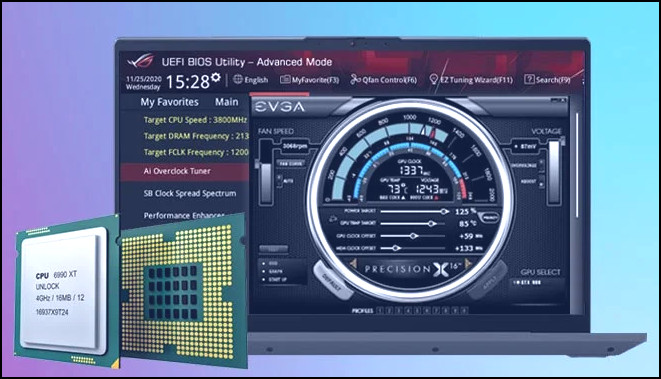
New chips don’t come as overclocked & it’s not an automated process. So if your CPU is brand new & you didn’t do any OC procedure, then you shouldn’t worry about this. However, If you still want to verify if your microchip is OCed or not, there are some techniques to check.
Here are the ways to verify if a CPU is overclocked:
● Check BIOS
This section is followed by the B560M Aorus Elite motherboard. Depending on your hardware, process path & terms may vary.
Go to your BIOS by pressing the DEL key from the keyboard during boot. Make sure it is in ADVANCED MODE. Under the Tweaker section, find CPU Clock Ratio. Default value should be Auto. If it is set at a higher number, then your base clock is overclocked.
● Get Information From CPU-Z or HWiNFO
You can use 3rd-party software like CPU-Z or HWiNFO to get detailed hardware information for your PC.
For CPU-Z it is very straightforward. Download the software. Open the software. On the CPU tab, under the Processor section, you will find all the details of your processor including name, socket, TDP, core voltage.
For HWiNFO, after downloading the software, open it. Don’t checkbox for the Sensors-only nor Summary-only. Click on Start. In the System Summary Window, under the CPU section, you will find all the details of your processor.
Now from the acquired model name, search & find for the specific processor’s base frequency & turbo frequency. Stress tests the CPU with some software like Prime95, OCCT, or AIDA64 Extreme.
Check the frequency in CPU-Z or HWiNFO. If it is beyond base frequency or turbo frequency, then it is overclocked.
Is Overclocking CPU Worth the Risk?
There is No Gain without Pain.
As you want to attain boosted performance without spending extra bucks, these benefits also come with some risks like stability concerns, tuning voltage, overheating, etc.
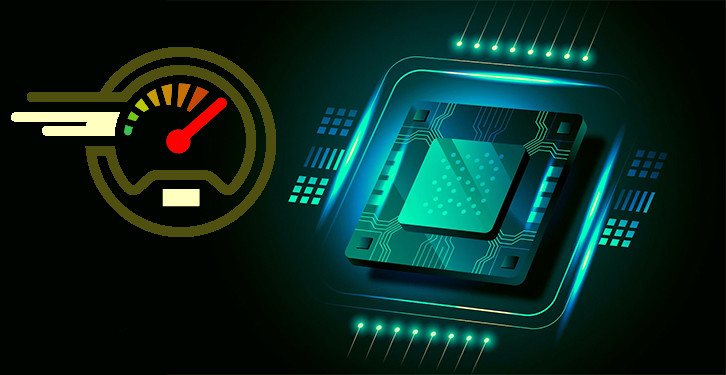
But are those risks worth it?
To me, yes, it deserves every attempt. With an OCed processor, if you also OC your memory & GPU, your CPU will then punch well above its weight. As you will increase the base frequency, it will complete more IPC (Instructions Per Cycle), thus, you will get faster operation.
With tuned RAM & Graphics Card overclock alongside Oced CPU, a noticeable increase in FPS in games with frame time stability will be acquired. CPU-intensive software that transcodes video also gets a huge benefit from overclocking a CPU. These justify the risks.
FAQs
Can you overclock MacBook Pro?
If the MacBook integrates with the Apple Silicon M1 microchip, it is not possible due to software blockade by macOS. Though If it comes with an Intel chip, there is a possibility of OCing. Though for Mac’s poor cooling solution, it is not advisable.
How to OC Processor for Desktops?
You can use multiplier or BCLK in BIOS to increase the CPU frequency. You can also use Intel XTU software or AMD Ryzen Master software to OC in a windows system.
How to OC Processor for Laptops?
You can OC processor for some high-end laptops which specify if it is overclockable or not. Due to the compact structure, overclocking in laptops will generate excessive overheat. That’s why most cases a laptop’s CPU is locked.
Should I need an aftercooler for OC?
Cpu overclocking will produce more heat for the extra voltages. The stock cooler is not sufficient to handle such high temp & the CPU will start throttle for temp limit. This is why a good aftercooler is necessary to stabilize the OC & stops the thermal throttle.
Final Thought
Gaining access to boosted performance is always enjoyable. By knowing your hardware, it will be pitch-perfect to reach the highest frequency.
As not every player can end the marathon & can’t reach the finish line. Similarly, you need to know whether your hardware is capable of overclocking or not to reach its peak performance.
In this article, I explained how you can identify whether your CPU is overclockable and how to do it properly. If you find any further issues, don’t hesitate to come back & leave a comment.

